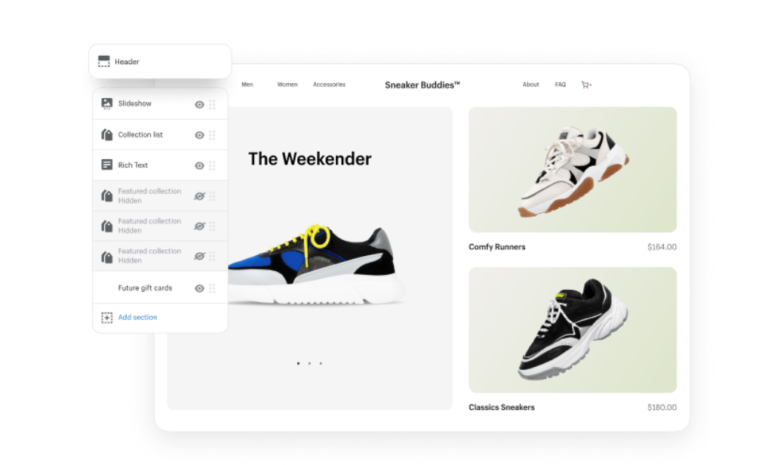
Every company should aim to achieve maximum customer satisfaction, a useful condition for ensuring satisfactory profitability and promoting a positive brand image. Customer satisfaction is a measure of customer satisfaction and a useful basis for improving one’s operations and increasing customer retention.

What is customer satisfaction?
Customer satisfaction is a concept that measures customer satisfaction with a brand, product, or service.
In fact, customers can evaluate the buying experience toward a company in terms of:
- quality of products
- benefits from fruition
- value for money
- obtaining special benefits
- fulfillment of promises made
When the customer’s expectations of the buying experience are exceeded, it becomes easier to establish a positive lasting relationship with the customer. In fact, the customer perceives that his or her needs are being met and that he or she even gets something more than he or she would get from the offerings of others, and therefore has no reason to buy from other vendors.
Customer satisfaction measures five different aspects of satisfaction:
- material aspects (premises, personnel, means of transportation, etc.)
- reliability (ability to perform the entrusted task correctly)
- speed of response to customer needs
- ability to respond to customer needs as expected
- customer care and ability to convey positive feelings to customers
These aspects are analyzed from the perspective of expectations and actual satisfaction derived from fruition. By comparing these evaluations, it is possible to study the discrepancy between the imagined situation and the situation that actually occurred, and to understand whether this can affect the commercial profitability of the brand.
A satisfied customer accepts higher-level business proposals
Customer satisfaction also fuels customer loyalty by fostering the conditions that make customers continue to buy over time repeatedly. In addition, a satisfied customer tends to accept commercial proposals of higher amounts than those normally perceived as convenient. Greater customer satisfaction makes it possible to avoid the use of pricing strategies that lead to competing with lower-end competitors, and to continue to maintain prices in keeping with its quality.
In fact, the customer perceives higher quality and a commitment to making solutions more relevant to his or her needs and is willing to shell out more to get what effectively meets his or her needs. A satisfied customer can give rise to positive word of mouth that increases brand visibility and conveys a sense of satisfaction about the solutions provided.
Companies can develop special tests and questionnaires to monitor customer satisfaction and measure in objective terms the satisfaction with the activities undertaken, as well as obtain valuable information on aspects that need to be improved to make customers more satisfied.
Customer satisfaction data are used to assess a company’s sales prospects in the future, so they allow management to get an idea of the profitability of the brand and the possibility of continuing to sell to loyal customers over time.

How to measure customer satisfaction
Companies have a vested interest in assessing their customers’ satisfaction in detail to ascertain whether it is appropriate to devise strategies to improve brand identity liking and make business offerings more receptive.
Customer satisfaction indicators make it possible to touch on the appreciation that customers feel for the brand’s offerings, in terms of benefit/cost ratio.
Of course, the various business communication channels come in handy to submit questionnaires in the way customers prefer, so as to increase the chances of getting them back filled out. Companies have several elements at their disposal to assess customer satisfaction such as:
- form in the site
- email feedback requests
- paper questionnaires
- questions asked by employees in sales stores, which can be used in conjunction or alternately to achieve greater coverage. It is necessary if possible to ensure that stakeholders provide a response when they feel comfortable, so that they do not return improvised feedback that is not really felt, for the purpose of, for example, quickly getting rid of the questionnaire.

The ServQual (Service Quality) method makes it possible to ascertain by questionnaire the gap between customer expectations and performance achieved. With this method, discrepancies between what was expected and what was received can be estimated, so as to ascertain which aspects need to be corrected and prevent reputational crises that could sink the value of the brand.
Indicators
The indicators that give a measure of customer satisfaction are:
- customer satisfaction score (CSAT): the average degree of consumer satisfaction with a product, service or initiative.
- net promoter score (NPS): the propensity of customers to recommend a product, service or brand to another person
Satisfaction is then expressed with a series of levels that allow for objectively comparable feedback of customer satisfaction. We can then apply a rating from 1 to 5 (where one is “Not at all” and five is “Very Much”) to get a concrete feedback of satisfaction. Then we will group all the customers who returned the same value and compare them with the total, to get the liking percentages of each band.
For example, having an 80% approval rating range between 4 and 5 is certainly a more desirable condition than having 50% ratings below three and 50% from 3 and up.
Net Promoter is a very important variable since it gives insight into the ability to turn customers into brand evangelists, individuals who spontaneously spread the company’s messages and produce content that increases brand visibility. Through their actions, companies multiply the reach of their business activities by reaching a much larger audience than originally within its reach.
Of course, not all customers feel incentivized to respond to satisfaction questionnaires: in this case, it may be useful to point out that the information collected, in addition to being anonymous, will help companies improve their service, with consequent benefits on those who provided it. Involving operators directly in contact with customers helps to make them feel more motivated to provide feedback, so as not to disappoint their counterparts.
We can have, for example, restaurant cashiers who are in charge of asking customers how the evening went and what, if anything, they were not satisfied with, point-of-service clerks who ask customers what they thought of the service provided, hotel receptionists can ask customers for an evaluation of the service by externalizing their requests for subsequent bookings.
A customer who feels that he or she is being followed by companies at the level of needs to be met is a customer who is more likely to be retained, because he or she knows that he or she will get products and services that are more relevant to his or her needs than standardized products and services from other brands.










+ There are no comments
Add yours